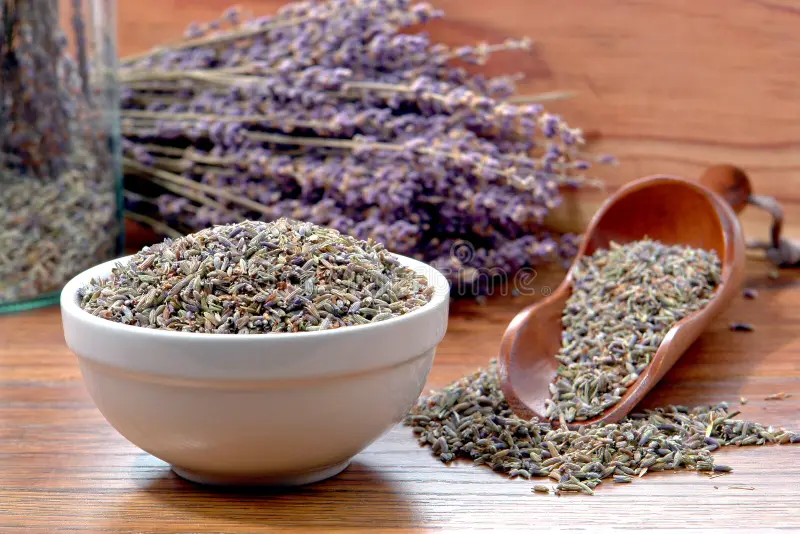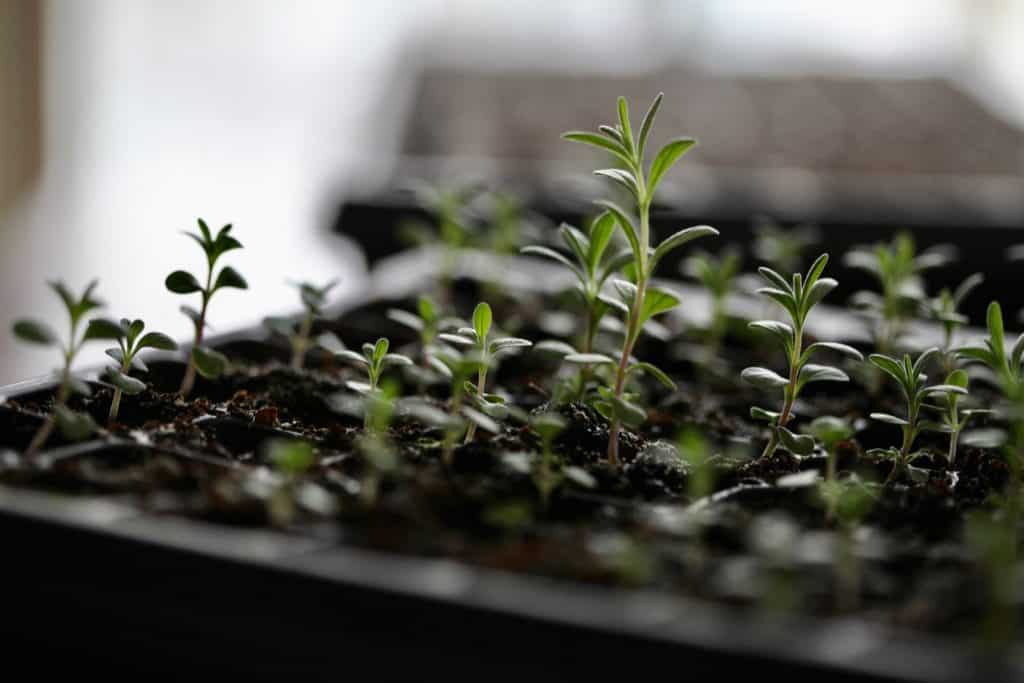Lavender is one of the most beloved herbs in the world, known for its calming fragrance, vibrant purple flowers, and medicinal properties. Whether you’re an experienced gardener or a beginner, growing lavender from seeds at home is a rewarding project. Not only will it beautify your space, but it will also fill your home with a refreshing aroma.
In this guide, you’ll learn everything you need to know about how to grow lavender from seeds, right from germination to harvesting.
Why Grow Lavender from Seeds?
Growing lavender from seeds takes patience, but it has several benefits:
-
Cost-effective: Seeds are much cheaper than nursery plants.
-
Satisfying process: Watching your lavender grow from seed to bloom is a fulfilling experience.
-
More variety: Seeds give access to a wider range of lavender species.
Best Lavender Varieties for Home Gardening
Some popular lavender species you can grow from seeds include:
| Lavender Variety | Ideal For |
|---|---|
| English Lavender | Cooler climates, culinary use |
| French Lavender | Warmer climates, ornamental |
| Lavandin | High oil yield, fragrance |
| Spanish Lavender | Decorative indoor gardening |
Step-by-Step Guide: How to Grow Lavender from Seeds at Home
1. Choose Quality Lavender Seeds

Buy certified, high-quality lavender seeds from a reliable gardening store or online platform. Look for varieties suited to your local climate.
2. Cold Stratify the Seeds
Lavender seeds need a period of cold to stimulate germination. Here’s how to do it:
-
Place seeds in a plastic bag with slightly moist sand or a paper towel.
-
Store in the refrigerator for 3–4 weeks.
-
Label the bag with the date to track progress.
Pro Tip: Cold stratification increases your germination success rate significantly.
3. Prepare the Seed Tray or Pots

-
Use seed-starting trays or small pots with good drainage.
-
Fill them with a well-draining, alkaline soil mix (a mix of peat, sand, and perlite works well).
-
Moisten the soil slightly before planting.
4. Sow the Lavender Seeds
-
Scatter the seeds on top of the soil.
-
Press them lightly — do not cover them completely, as lavender needs light to germinate.
-
Mist with water and cover the tray with a plastic dome or wrap to retain humidity.
5. Germinate Under Light
-
Place the tray in a warm, sunny spot or under grow lights.
-
Maintain a temperature of 65°F–75°F (18°C–24°C).
-
Seeds usually take 14 to 30 days to sprout.
6. Transplanting Seedlings

Once your seedlings have at least 2–3 sets of true leaves:
-
Harden them off by exposing them to outdoor conditions gradually over a week.
-
Transplant into larger pots or directly into the garden.
-
Space plants about 12 to 18 inches apart.
At this stage, you can choose to transplant your lavender into a grow bag, terracotta pot, or ceramic pot, depending on your gardening style and available space. Not sure which one to pick? Here’s a helpful comparison to guide you:
👉 Grow Bags vs Terracotta vs Ceramic Pots – Which Is Best for Your Garden?
This detailed guide will help you decide which container ensures the best growth and airflow for your lavender plants.
Best Conditions for Growing Lavender at Home
🌞 Light
Lavender thrives in full sun. Ensure it gets at least 6–8 hours of sunlight daily.
🌱 Soil
Use sandy, loamy, and well-draining soil with a pH of 6.5 to 7.5.
💧 Watering
Water only when the soil feels dry 1–2 inches below the surface. Overwatering can cause root rot.
🍃 Fertilizer
Lavender doesn’t need much fertilizer. Use a slow-release, balanced fertilizer once in spring if desired.
Indoor Lavender Growing Tips
-
Place pots near south-facing windows.
-
Use grow lights if natural light is limited.
-
Ensure good airflow to prevent fungal growth.
-
Avoid misting — lavender prefers dry conditions.
When and How to Harvest Lavender
-
Harvest when half the flower buds have opened.
-
Cut stems early in the morning after the dew dries.
-
Hang bunches upside down in a cool, dark room to dry.
Use dried lavender for potpourri, teas, skincare, or aromatherapy!
Common Problems and Solutions
| Problem | Cause | Solution |
|---|---|---|
| Seed not germinating | No cold stratification | Chill seeds before sowing |
| Yellow leaves | Overwatering | Reduce watering frequency |
| Mold on soil | Poor ventilation/humidity | Increase airflow, use a fan if needed |
| Stunted growth | Lack of sunlight or nutrients | Move to a sunnier spot or feed lightly |
Final Thoughts
Learning how to grow lavender from seeds at home is a journey that teaches you patience, care, and a deep connection with nature. With the right setup and love, you’ll soon have fragrant, blooming lavender in your home or garden. It’s a beautiful way to add charm and calm to your space, naturally.
FAQs on Growing Lavender from Seeds
Q1. How long does lavender take to grow from seed?
A: It takes about 2–3 weeks for seeds to germinate, and 3–4 months to mature into transplant-ready seedlings.
Q2. Can I grow lavender indoors year-round?
A: Yes, as long as it receives 6–8 hours of sunlight or artificial grow light and proper drainage.
Q3. Why are my lavender seedlings dying?
A: Common reasons include overwatering, poor light, or fungal infections due to high humidity.
Q4. When is the best time to plant lavender seeds?
A: Start seeds indoors in late winter or early spring for best results.
Q5. Do I need to prune lavender?
A: Yes, light pruning after flowering helps maintain shape and encourages new growth.
Related Content:


